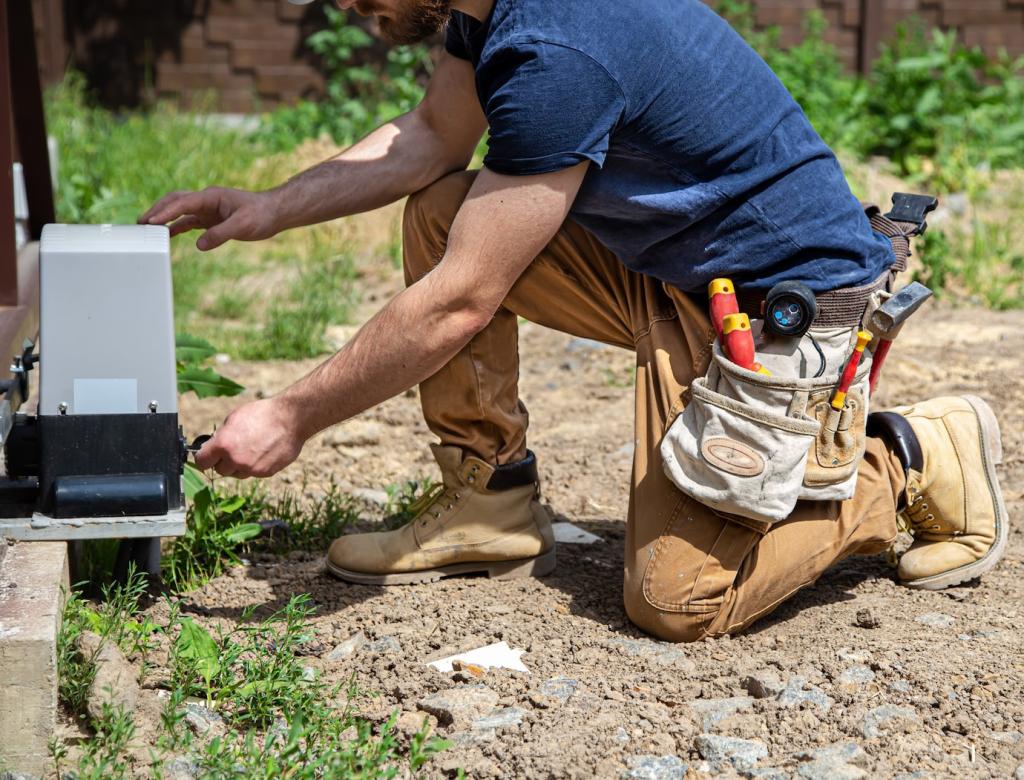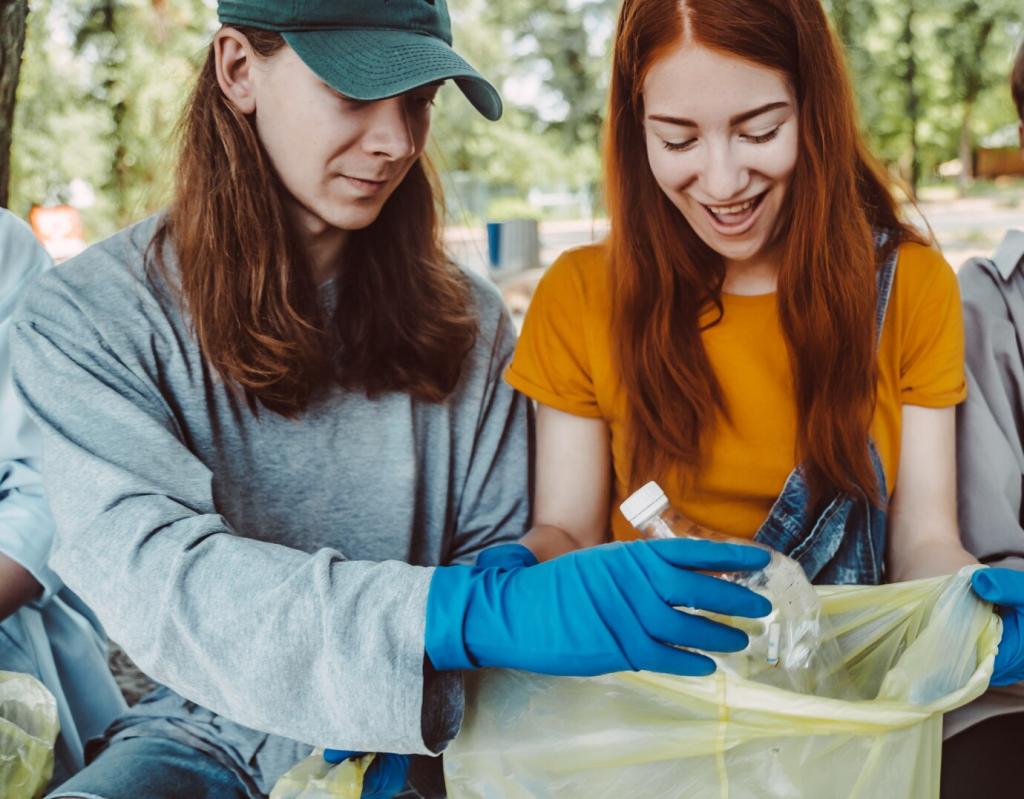
Natural Upholstery Cleaners: Fresh Seats, Safer Homes
Chosen theme: Natural Upholstery Cleaners. Welcome to a friendly corner where sofas breathe easier, fabrics last longer, and your family relaxes without harsh fumes. Subscribe for weekly natural-cleaning recipes and share your wins with our community.

Why Natural Upholstery Cleaners Matter
Synthetic solvents can linger indoors, irritating sensitive lungs and noses. Natural upholstery cleaners reduce volatile compounds while still lifting grime, helping your home feel lighter, calmer, and friendlier for kids, pets, and late-night movie marathons.
White Vinegar, Carefully Used
White vinegar helps dissolve mineral residues and deodorize. In natural upholstery cleaners, it shines when diluted and patch-tested, especially on cotton and linen. Avoid acid-sensitive materials and never saturate foam cushions or delicate trims.
Baking Soda: Lift, Neutralize, Deodorize
Baking soda gently abrades, balances odors, and refreshes fibers. Sprinkle, wait, and vacuum thoroughly. In natural upholstery cleaners, it pairs beautifully with light misting to reduce mustiness and post-pet nap aromas without synthetic fragrances.
Castile Soap and Plant-Based Surfactants
A few drops of castile soap in warm distilled water create effective, low-foam natural upholstery cleaners for everyday soil. Surfactants from coconut or olive oil lift grime while remaining gentle on fabric finishes and stitching.
Step-by-Step: A Natural Upholstery Cleaners Routine
Vacuum thoroughly with a brush attachment to remove grit that can scratch fibers. Mix your natural upholstery cleaners solution, then patch-test in a hidden spot, checking colorfastness after drying fully under normal room lighting.
Step-by-Step: A Natural Upholstery Cleaners Routine
Blot, don’t rub. Apply diluted castile solution to a cloth, not directly to fabric. Work from the outer edge inward. For acidic stains, follow with a very light vinegar mist, then blot again to reduce halos.
Step-by-Step: A Natural Upholstery Cleaners Routine
Lightly wipe with a damp, clean cloth to remove soapy residue. Press with dry towels to draw out moisture. Prop cushions vertically, circulate air, and avoid heat guns to protect fabric integrity and internal foam.
Natural Upholstery Cleaners Stain Playbook
01
Coffee and Tea
Blot immediately with a dry cloth. Apply a mild castile solution, dab gently, and follow with a light vinegar rinse if needed. Natural upholstery cleaners excel here, lifting tannins without bleaching or harsh perfume residues.
02
Red Wine and Berries
Salt can absorb fresh wine, but vacuum it away before damp cleaning. Use cool water with castile soap, then a cautious vinegar mist. Repeat gentle cycles. Patience preserves fibers while natural upholstery cleaners fade stubborn pigments.
03
Grease and Food Oils
Dust with baking soda to draw out oils, wait fifteen minutes, and vacuum. Then spot-clean with a stronger castile mix. Natural upholstery cleaners dislodge slick residues without leaving aggressive solvent shadows or brittle fabric feel.
Fabric-Specific Guidance for Natural Upholstery Cleaners
Microfiber loves light touch. Use minimal moisture and gentle circular motions. Natural upholstery cleaners should be diluted and applied via cloth, not spray-saturation, to avoid water rings and preserve that signature velvety hand.


This is the heading
Lorem ipsum dolor sit amet, consectetur adipiscing elit. Ut elit tellus, luctus nec ullamcorper mattis, pulvinar dapibus leo.

This is the heading
Lorem ipsum dolor sit amet, consectetur adipiscing elit. Ut elit tellus, luctus nec ullamcorper mattis, pulvinar dapibus leo.



A Cozy Story and Your Turn
We found a beautiful tweed sofa that smelled like a forgotten attic. A weekend with baking soda, careful castile suds, and sunny cross-breezes later, it became the coziest reading perch and our most-commented living room feature.

Join our mailing list
